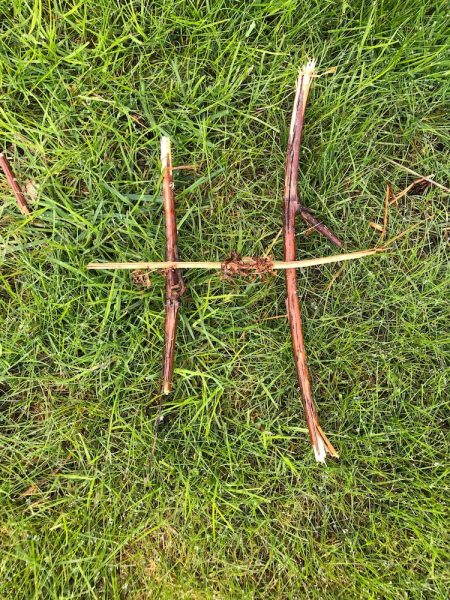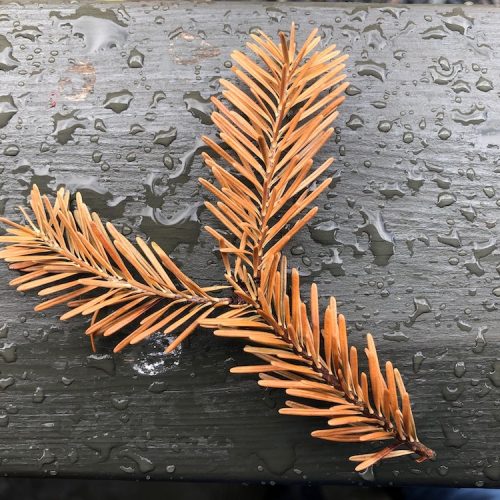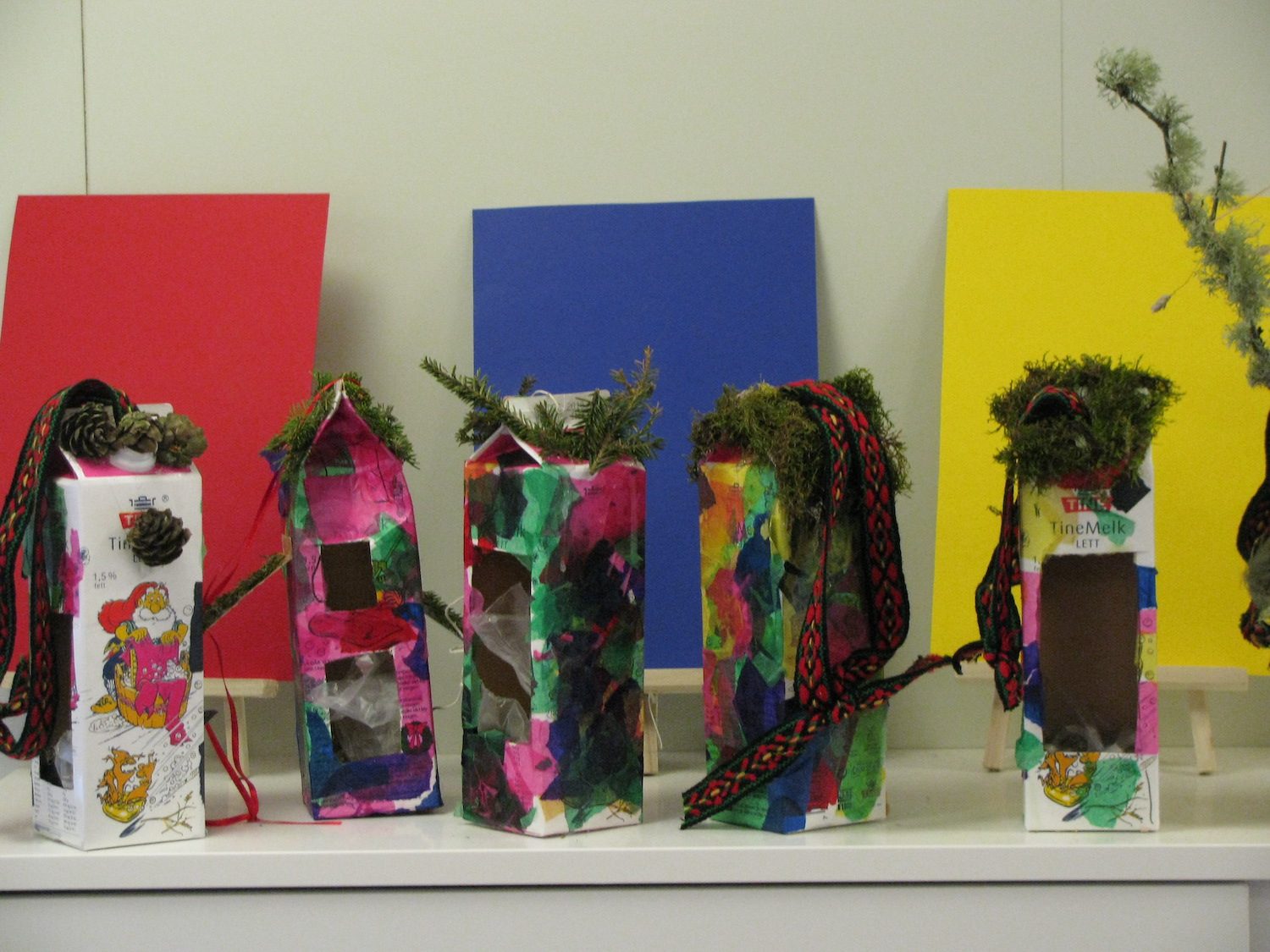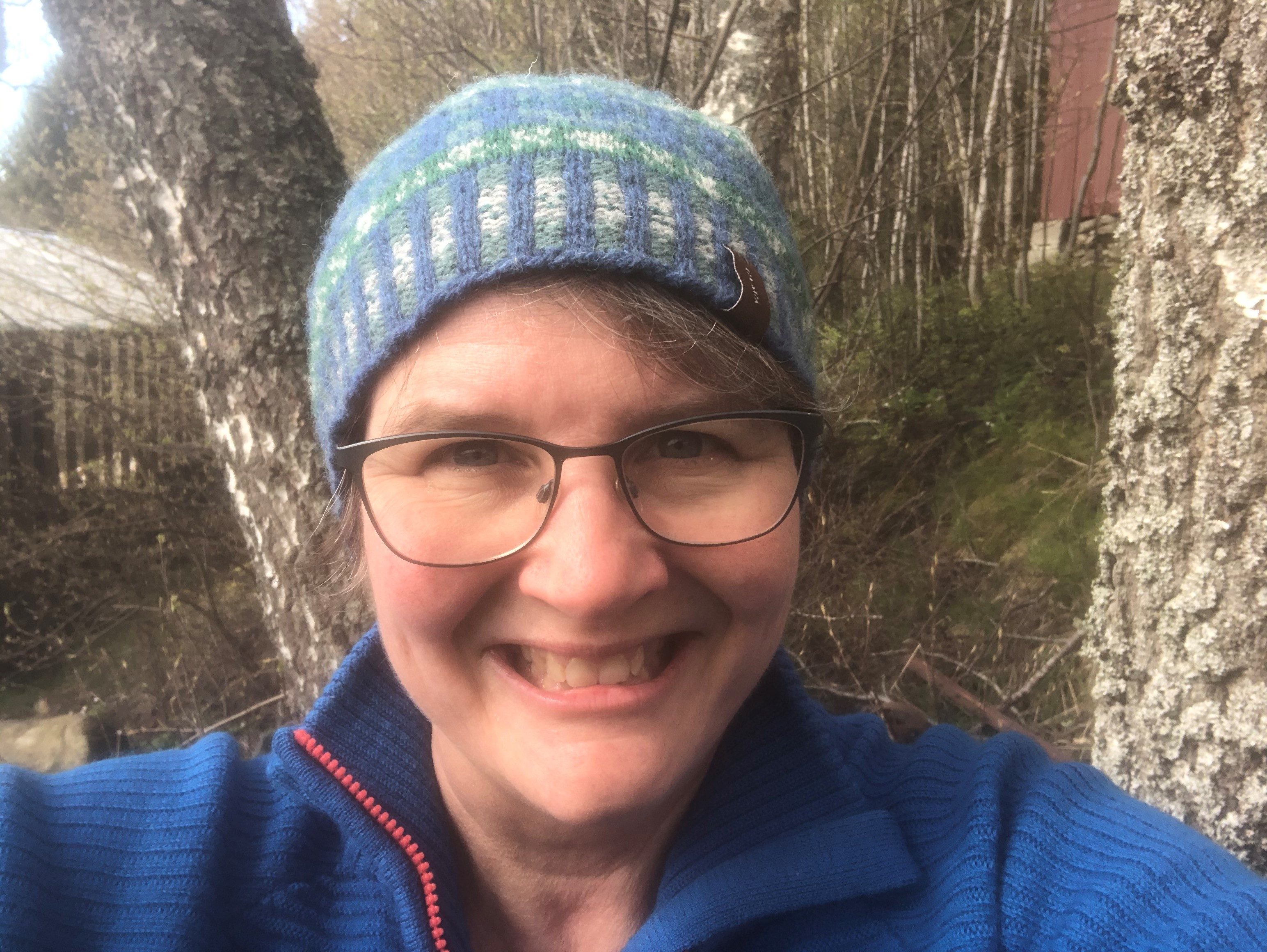Outdoor learning in Norway and beyond
Learning outdoors has been a natural part of Norwegian society since long before the computer screen took over the classroom. Here, it is very common to bundle up babies and park them outside in the fresh air to nap or take school classes on ski days or all-day bicycle trips. The Norwegian expression “there is no such thing as bad weather, only bad clothing” also applies to the very young. Without hesitation, adults dress them in rain or snow suits to play outside every day, regardless of the weather. As English is taught from Year 1 (children who turn 6 in the calendar year) in Norway, it is natural to also use it in outdoor settings.
Using the outdoors as a learning arena is not unique to Norway. For example, The Guardian recently featured Scotland’s outdoor classrooms. Over the last two decades, organizations like the Institute for Outdoor Learning and Outdoor Classroom Project have worked hard to remind teachers that learning also takes place outside the four walls of a traditional classroom. In his landmark 2005 book, Richard Louv also highlights how the divide between children and the natural world can create chaos in their lives. Furthermore, Peter Gray who studies play emphasizes that being in an outdoor environment can make children happier, more self-reliant and enable them to grow both as learners and as people.
The COVID-19 global pandemic has presented new challenges for people around the world as many gradually return to schools from weeks at home. As some are now discovering, utilizing the outdoors can engage and motivate, even while practicing physical distancing to keep children safe from the virus. Using English with outside activities is a natural partnership and this blog post shares hands-on activities to use with your learners. Many of the ideas can be adapted for different English language levels and/or used across the curriculum. Special thanks to my fellow primary English teachers, Johan, Silje, Trude, Nora and Ellen for also sharing their ideas and insights.
Why take English learning outside?
Outdoor play allows for creativity, improves multi-sensory skills and develops independence and collaborative connections. Norwegians have a slightly sarcastic expression, “ute å lufte matpakke tur” (‘going out to air your packed lunch’) which means by merely finding a place to eat outside, you have succeeded in taking learning outdoors! But an outdoor English classroom is much more than that – it changes the learning dynamic and in line with our ‘wider educator’ role, primary English language education is much more than just learning a school subject.
- It ignites the senses: indoor classrooms can filter our natural abilities to see, hear, touch, taste and smell. Outside those senses are heightened and it is therefore more natural to use them.
- It is practical: outside children can get dirty, make noise, and experiment without breaking anything.
- It taps into a child’s natural energy: it is easier for children to use their energy productively when they are not forced to sit at a desk all day, and often their ability to focus improves.
- It provides different expectations for learning: on what should be learned and how that material should be delivered becomes flexible as access to digital and paper resources are limited.
- It teaches respect: if we want children to respect nature, we need to help them learn how to interact with it and this provides a context for learning.
- It puts children in different social situations: teachers often find that social groups change outdoors, and children play with each other in new ways.
- It enables children to use their voices: inside the classroom, teachers may spend a lot of time telling children to be quiet or “use their inside voices”. Outside, they can shout, sing and explore their own voices in new ways.
What is an English teacher’s role in outdoor learning?
Not every experience in the outdoor classroom is perfect. Children will misbehave and quarrel, and there will be days you may want to give up. But we can all learn to listen to each other, be patient and be flexible. The reality is that sometimes the adjustment to teaching outdoors presents unique challenges for English teachers, so try to keep the following tips in mind:
- Be flexible: it is often hard as a teacher to give up control and respond to emerging circumstances. An outdoor environment empowers learners to think for themselves and initiate their own learning. Therefore, it requires that the teacher is very flexible.
- Build relationships: when you are walking outdoors with a child, conversation flows easier. The outdoors allows both teachers and learners to see each other differently and, in many ways, relationships become more real.
- Encourage creativity: it often doesn’t take much to tap into a child’s natural curiosity. Trust that process, let go of the control, and allow creativity to blossom.
- Foster learner autonomy: teachers do not need to direct everything nor have all the answers. Let children learn in their own way and make their own decisions.
- Reflect and observe: listen to children and explore the questions they ask. They often observe things we as teachers miss or overlook.
Practical ideas for taking English learning outside
Learning to ask questions in English is a key communication goal for children: Why? Where? How? Let the children direct the activities and try to use English as the spoken language as much as possible. An important point to remember is that paper doesn’t work very well outdoors, so if you make any worksheets, be sure to laminate them.
- Nature Writing: nature provides us with many tools we can use for writing. Have the children practice writing letters in the sand or dirt with a stick. Find things that start with those letters and practice writing the names of those objects. Make individual letters out of found objects or find things in nature that look like a particular letter. Older primary children can write whole sentences in the sand or dirt.


- Outdoor Bingo: make a Bingo sheet of things children might see outside (flowers, insects, plants). Have them cross out things as they find them and write the word next to the picture. Older primary children can write sentences using each word or write a poem about one of the things they see using a model such as a diamante or an acrostic poem.
- Bird Detectives: have the children make bird feeders out of milk cartoons and hang them outside. Ask: Which birds come to the feeder if you put different foods inside? Why is it important to feed the birds? Where do birds go in winter? Does it matter where you hang the bird feeder? What kinds of birds do you have in your area? Be still and listen – can you name any birds by their song? Where do birds make their homes? Have the children keep a class observation journal.

- Three Dimensional Stories: ask the children to find objects outside and create sculptures using them. Ask the children to imagine their sculptures come to life and what story they would tell. Write the stories down or have the children tell them to each other. Create a gallery of the sculptures.
- It Makes Sense: find objects with different textures. Help the children discover what is edible in nature (taste). Other ideas: children try to identify different smells outdoors; they look for things that are the same colour (sight); they sit quietly and try to name all the different sounds they hear (hearing). Also, have the children make sounds like breaking sticks, shuffling through leaves etc. Ask: what kind of creature might make those sounds? Together, write a class story or use a story they already know and then the children make sound effects with their found objects.
- On Stage: act out a known fairytale or story using found objects as props.
- Animal Hunt: have another teacher dress up as an animal found in your area and hide. Provide clues (broken twigs, footprints, make the sound) and have children look for that particular animal in its natural habitat. Optional idea: as a group, the children invent their own animal and brainstorm clues that match their creations.
- Musical Mayhem: encourage the children to sing a song as loud as they can or make instruments from their found objects. Create a class song about what they found outside.
What if you live in a city?
Many of the activities suggested below help children feel a closer connection to their city. Children often see things we as teachers don’t notice. For example, ask: Where are those trucks going and where have they come from? A crucial expression to remember when talking to children about their city landscape is “Let’s find out!” Again, try to speak English as much as possible during all of these activities:
- Who is My Neighbour? Introducing learners to different types of jobs helps them better understand the diversity of communities. As a class, visit people or businesses in your neighborhood to find out what they do. Ask parents / caregivers if they can help you make connections. Enable children to ask questions and engage in discussions when on the visits.
- Pointing the Way: all names come from somewhere and provide a glimpse into an area’s history. As a class, try to find out where streets, buildings and parks got their names. A local librarian or city hall could be a big help. Children could even ask older residents to share stories connected to those places and then try to retell the stories in English. Children could make a map of their neighborhood, and have another English class try to follow it and give directions to each other in English.
- Urban Gardener: watching things grow provides new perspectives for children on where food and flowers come from. Dedicate a small part of your playground for a garden. If you do not have a piece of ground, use a pot, crate or a box. Have the children care for what they plant and record what happens over time. Your local garden center might donate materials, seeds or even give children some gardening assistance. Perhaps there are older people in the community who could volunteer to help the children with this project and at the same time, learn some English!
- Colourful Words: outside surfaces make great palettes for drawing or writing. Draw different coloured squares on the pavement using chalk, one colour per square. Have the children find objects of each colour and put them into the correct square. The children then practice writing the words for the objects in the same coloured chalk around the square. Option: the children could use those words to write a poem on the pavement, either individually or as a class.
- Signposts: words and letters can be found in many different places. Have the children read the different signs found in the neighborhood. Sound out the letters. If the signs are not in English, groups or pairs could work together to translate them.
- Read and Remember: reading does not only need to happen indoors. Children can take their books outside and read, either together or individually. They can also try to remember a story they have read previously. The children can then find objects to illustrate each part of the story and lay the objects out in the correct story order. Then, they retell the story together using those objects.
- World Travel: children might not be able to travel the world, but they can go to a local grocery shop and find out about where all the different foods come from. They can explore what is on their local shelves and try to find out how the items got there. Ask: Where did they come from? How do they grow or how was the product made? Is there a place in your area that makes something you can find in the store? Can you go and visit that place?
To sum up…
Using the outdoors as an English language learning environment creates unique opportunities for collaboration and discovery. In this way, primary children’s language learning can become much more tangible and experiential. The activities suggested in this post can help primary English learners actively participate in the language learning process, becoming more aware of the world around them and their relevant place within it. I hope my blog post has empowered you to step outside and see what learning opportunities await you and your primary English classes.
Selected online resources linked to outdoor English learning
- Poetry Walk (ReadWriteThink.org): Using the senses and nature to experience poetry
- Taking Pictures Creating Stories (CyberBridge): Using your mobile phone as a storytelling tool (2-minute video)
- Rhyming Games to Choose It (CyberBridge): How to choose “it” in your outside games
- I Will Go into the Woods Today (CyberBridge): Song model for what you find in nature
References
Brooks, L. Scotland eyes outdoor learning as model for reopening of schools. The Guardian, 10 May 2020.
Gray, P. (2013). Free to Learn: Why Unleashing the Instinct to Play Will Make Our Children Happier, More Self-Reliant, and Better Students for Life. Basic Books.
Louv, R. (2005). Last Child in the Woods – Saving our Children from Nature-Deficit Disorder. Workman Publishing Company.

